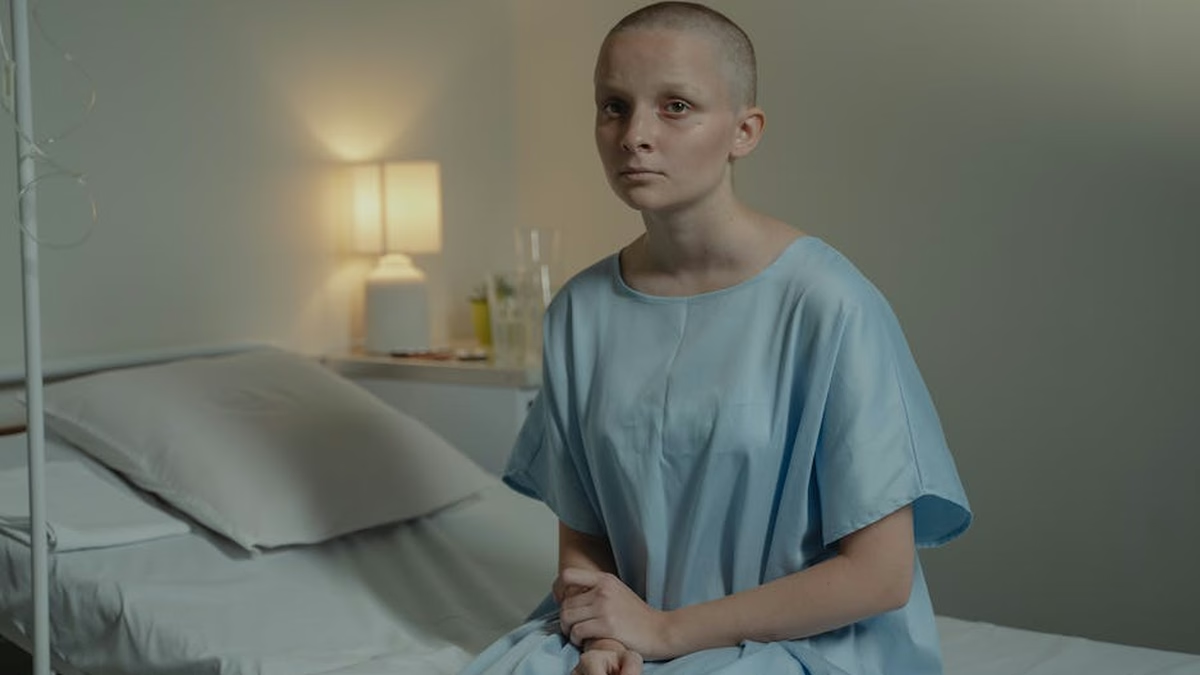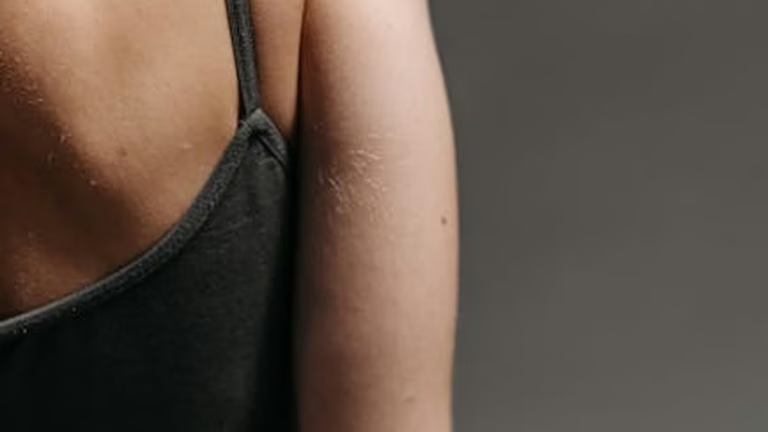SAD Light Therapy: Beat Winter Blues
Winter’s shorter days and colder weather can bring more than just a chill in the air. For many, it also triggers Seasonal Affective Disorder (SAD), a type of depression linked to changes in the seasons. But don’t despair! There are effective ways to combat SAD and brighten your mood, even when the days are dark. Among the most popular and well-researched treatments is SAD light therapy, alongside a range of mood-boosting strategies.
Understanding Seasonal Affective Disorder (SAD)
Seasonal Affective Disorder, often called winter depression, is a mood disorder characterized by symptoms of depression that occur and remit at specific times of the year. Typically, these symptoms begin in the fall and continue through the winter months, subsiding in the spring and summer. However, some individuals may experience SAD during the summer.
Symptoms of SAD
The symptoms of SAD are similar to those of major depression, but they are specifically linked to the changing seasons. Common symptoms include:
- Persistent feelings of sadness, hopelessness, or worthlessness
- Loss of interest in activities you once enjoyed
- Fatigue and low energy levels
- Changes in sleep patterns, such as oversleeping
- Changes in appetite or weight, often craving carbohydrates
- Difficulty concentrating
- Irritability
- Social withdrawal
According to the American Psychiatric Association, SAD affects an estimated 5% of adults in the U.S., with symptoms typically appearing in late fall or early winter. The severity of symptoms can vary from mild to debilitating.
Causes of SAD
While the exact cause of SAD isn’t fully understood, several factors are believed to play a role:
- Reduced Sunlight: Less sunlight disrupts the body’s internal clock (circadian rhythm), which regulates sleep, mood, and hormone production.
- Melatonin Imbalance: Sunlight influences melatonin production. In the winter, increased melatonin levels can cause drowsiness and lethargy.
- Serotonin Levels: Sunlight also affects serotonin, a neurotransmitter associated with mood regulation. Lower serotonin levels can contribute to depression.
Light Therapy for SAD: A Ray of Hope
Light therapy for SAD, also known as phototherapy, is a treatment that involves sitting in front of a special light box that emits a bright, artificial light that mimics natural sunlight. This light helps to regulate the body’s circadian rhythm, suppress melatonin production, and boost serotonin levels, alleviating symptoms of SAD. Using a SAD light is a common and effective treatment.
How Light Therapy Works
The theory behind light therapy for SAD is that the bright light stimulates the retina in the eye, which then sends signals to the brain that regulate mood, sleep, and other functions. This helps to re-synchronize the body’s internal clock and counteract the effects of reduced sunlight during the winter months.
Choosing a SAD Lamp
When selecting a SAD lamp, consider the following factors:
- Light Intensity: The recommended light intensity is 10,000 lux.
- UV Filter: Ensure the lamp filters out harmful UV rays.
- Size and Design: Choose a lamp that is convenient and fits your lifestyle.
- Safety: Look for lamps that are FDA-approved or meet safety standards.
Using Light Therapy Effectively
To maximize the benefits of light therapy, follow these guidelines:
- Timing: Use the light box first thing in the morning, ideally within an hour of waking up.
- Duration: Start with 20-30 minutes per day, and adjust as needed based on your symptoms.
- Distance: Position the light box about 12-24 inches from your face, with your eyes open but not staring directly at the light.
- Consistency: Use the light box daily, even on sunny days, to maintain consistent benefits.
SAD Lamp Benefits
The benefits of using a SAD lamp are numerous and can significantly improve your quality of life during the winter months:
- Reduced symptoms of depression
- Improved mood and energy levels
- Better sleep patterns
- Increased alertness and concentration
Mood-Boosting Strategies for Winter
While SAD light therapy is a powerful tool, it’s most effective when combined with other mood-boosting strategies. Here are some practical tips to help you combat winter depression:
Lifestyle Changes
- Regular Exercise: Physical activity releases endorphins, which have mood-boosting effects. Aim for at least 30 minutes of moderate-intensity exercise most days of the week.
- Healthy Diet: Eat a balanced diet rich in fruits, vegetables, whole grains, and lean protein. Limit processed foods, sugary drinks, and excessive caffeine or alcohol.
- Adequate Sleep: Maintain a regular sleep schedule and aim for 7-9 hours of quality sleep each night.
- Stress Management: Practice relaxation techniques such as yoga, meditation, or deep breathing exercises to reduce stress levels.
Social Connection
- Stay Connected: Make an effort to stay connected with friends and family, even when you feel like isolating yourself.
- Engage in Social Activities: Participate in social activities that you enjoy, such as joining a club, volunteering, or attending social events.
- Seek Support: Talk to a trusted friend, family member, or mental health professional about your feelings and experiences.
Mental Health Strategies
- Cognitive Behavioral Therapy (CBT): CBT is a type of therapy that helps you identify and change negative thought patterns and behaviors that contribute to depression.
- Mindfulness Meditation: Mindfulness meditation involves focusing on the present moment without judgment, which can help reduce stress and improve mood.
- Gratitude Practice: Regularly practicing gratitude can help shift your focus to the positive aspects of your life and boost your overall well-being.
A case study published in the Journal of Affective Disorders showed that individuals who combined light therapy for SAD with cognitive behavioral therapy experienced significantly greater improvements in their symptoms compared to those who received either treatment alone.
When to Seek Professional Help
While light therapy for SAD and mood-boosting strategies can be effective for managing mild to moderate symptoms, it’s important to seek professional help if:
- Your symptoms are severe or debilitating
- Your symptoms are not improving with self-care measures
- You have thoughts of self-harm or suicide
A mental health professional can provide a comprehensive evaluation and recommend appropriate treatment options, such as medication, therapy, or a combination of both. Don’t hesitate to reach out for help if you’re struggling with SAD. Winter depression treatment is available and effective.
References
-
National Institute of Mental Health
– National Institute of Mental Health research and resources. -
American Psychological Association
– American Psychological Association mental health guidance. -
World Health Organization Mental Health
– Global mental health initiatives and research.
Conclusion
Seasonal Affective Disorder can be a challenging condition, but it’s important to remember that you’re not alone, and there are effective ways to manage your symptoms. By incorporating SAD light therapy, adopting mood-boosting strategies, and seeking professional help when needed, you can navigate the winter months with greater ease and improve your overall well-being. Embrace the power of light therapy for SAD and other positive changes to reclaim your joy and energy, even when the days are short and the skies are gray. Remember, brighter days are ahead!






